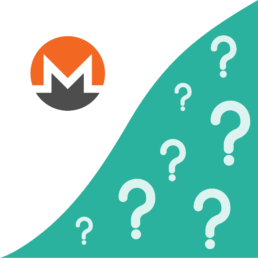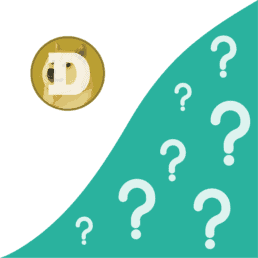What is DeFi?
The smart contract functionality of the Ethereum platform opened a gateway for developers to deploy their own applications on the Ethereum blockchain. These third-party, free applications are called decentralised applications (DApps).
Over time developers realised there was a void in the current financial system and started developing apps to redefine how it could work more effectively using blockchain technology. This gave rise to what’s known as decentralised finance or DeFi in short.
Traditional financial systems are heavily dependent on central institutions like banks and governments to provide governance and security to maintain their value. DeFi works to eliminate the centralisation of power by creating a transparent yet robust economy that revolutionises the way people make transactions.
Similarly, DeFi is disrupting traditional financial systems as a result of offering more transparent, intermediary-free financial services like automatically negotiated and trusted loans. You could also create a stable cryptocurrency (backed by physical assets like US dollars, gold, etc.) known as ‘Stablecoins’, using DeFi apps. They also enable you to lend your crypto coins and earn interest, exchange assets or even plan investment strategies in advance.
Why DeFi?
Decentralised
DeFi applications run on a decentralised network, meaning they work effectively and efficiently with little, or no, human intervention.
Global
DeFi apps offer a universal service irrespective of your physical location. However, the rules and regulations of a particular country, region or government is likely to impact the service implemented.
Transparent
Anyone can audit DeFi applications as they are openly accessible on a public blockchain network. Also, as the nature of DeFi develops an intrinsic technological trust, you don’t need to trust a bank or any specific organisation.
Permissionless environment
Unlike banks where you often have to submit lengthy application forms and proof of identity and address, DeFi apps can function for anyone with access to the internet.
What are the different uses of DeFi?
Lending
Lending and borrowing are the most popular uses of DeFi applications. They can provide a good source of passive income, if you’re interested in how this works check out MakerDAO, the leader in the lending DeFi space.
Decentralised Exchanges (DEXes)
DEXes automate the buying and selling of cryptocurrencies using smart contracts. Uniswap, Curve Finance, Bancor, and Balancer are some popular DEXes.
Derivatives
DeFi derivatives markets trade almost any asset on the blockchain using something called ‘synthetic price feeds’. Prediction markets are another popular derivative market where you can bet on any event. Synthetix, Nexus Mutual, MCDEX, Erasure are some examples of derivatives.
Payments
DeFi payment platforms allow two parties to instantly transfer crypto funds. Flexa, Lightning Network, xDai, and Connext are some of the major DeFi payment options you could explore.
Summary
Decentralised finance (DeFi) applications are smart contracts that offer ‘middleman-free’ financial services. As DeFi applications are located on a blockchain network, they inherently benefit from lots of characteristics like robust security, transparency, and decentralisation.
DeFi enables you to lend crypto assets, take loans, make payments, trade in the futures markets, manage your asset portfolio and much more.
Learn more about cryptocurrency
What is Bitcoin?
What is crypto
What is Ethereum?
What is crypto
What is Cryptocurrency?
What is crypto
What is a Blockchain?
What is crypto
What is Money?
What is crypto
What is Chainlink?
What is crypto
What is a Whitepaper?
What is crypto
What is an ERC-20 Token?
What is crypto
What is Proof of Stake?
What is crypto
What is Proof of Work?
What is crypto
What is Stellar?
What is crypto
What is Tezos?
What is crypto
What is a Stablecoin?
What is crypto
What is Litecoin?
What is crypto
What is Cardano?
What is crypto
What is NEO?
What is crypto
What is Monero?
What is crypto
What is Bitcoin Cash?
What is crypto
What is Polkadot?
What is crypto
What is Basic Attention Token?
What is crypto
What is Solana?
What is crypto
What is Binance Coin?
What is crypto
What is Dogecoin?
What is crypto
What is a Bitcoin ETF?
What is crypto
What is a NFT?
What is crypto
Sign up to our newsletter
What is cryptocurrency?
Where to buy cryptocurrency?
How to buy cryptocurrency?
Manage cryptocurrency
Disclaimer
Our publications do not offer investment advice and nothing in them should be construed as investment advice. Our publications provide information and education for investors who can make their investment decisions without advice. The information contained in our publications is not, and should not be read as, an offer or recommendation to buy or sell or a solicitation of an offer or recommendation to buy or sell any cryptocurrency. Prices of cryptocurrency may go down as well as up and you may not get back the original amount invested. You should not buy cryptocurrency with money you cannot afford to lose. To see our full disclaimer click here.
























